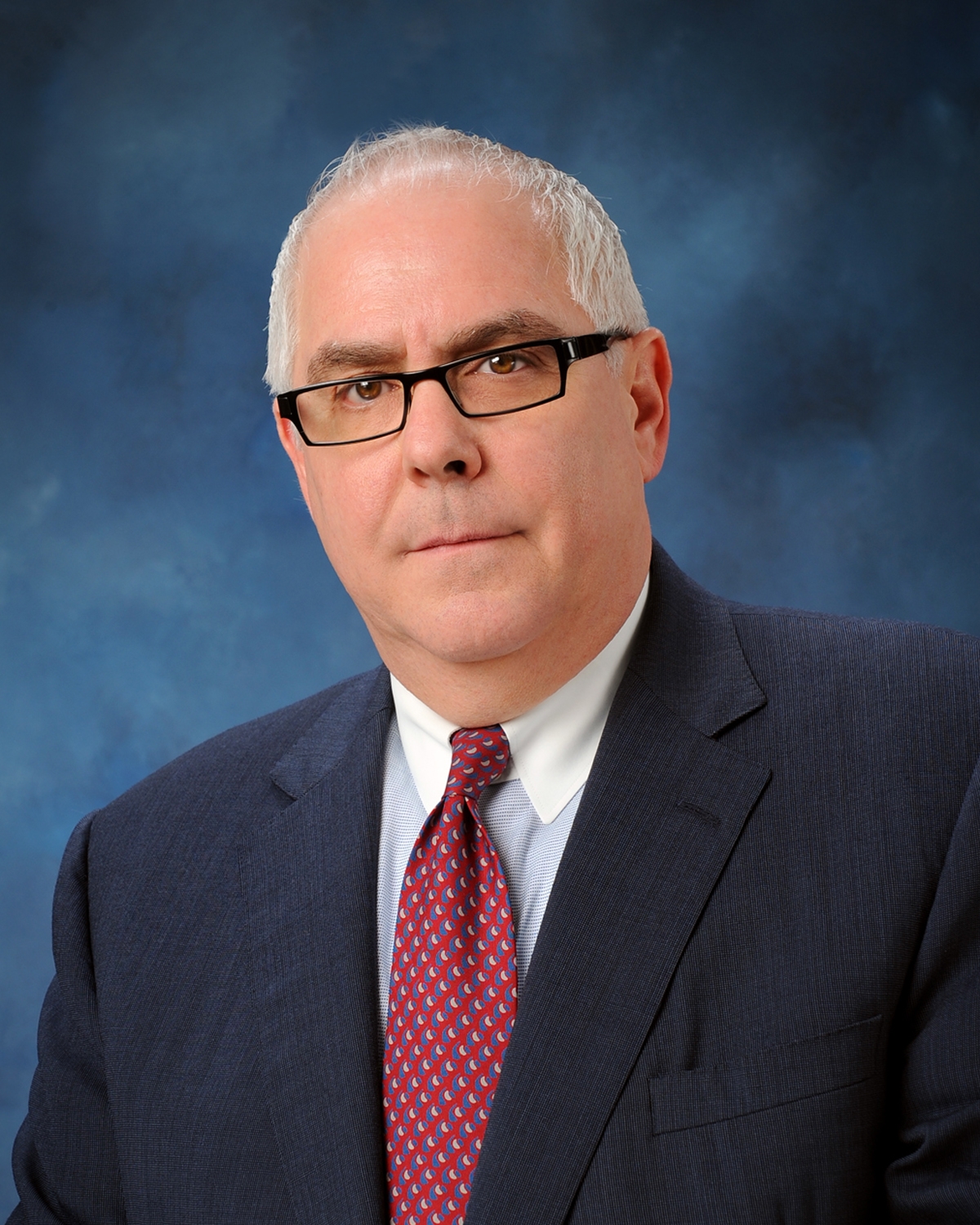API Manufacturing: Alive And Well In The U.S.
By Ed Miseta, Chief Editor, Clinical Leader

 |
| Dr. Stephen Munk, president and CEO, Ash Stevens |
Dr. Stephen Munk, president and CEO of API manufacturer Ash Stevens, had been taking Lipitor for years. But when his insurance company mandated a generic version of the drug, he was switched to one produced by Ranbaxy Laboratories, a manufacturer based in India. In November Munk learned that glass shards were found in the product. “I went to my pharmacy and told them I wasn’t happy about glass particles showing up in a drug I was taking,” he says. “They told me the FDA had not issued any guidance on it, so don’t worry about it. The entire incident was just further proof to me that U.S. API manufacturing was poised for significant growth.”
Munk believes the problems at Ranbaxy, which have also included admissions to the FDA of false testing data, recalls, and manufacturing problems, are a perfect example of why that is. In the last 12 years, Ash Stevens has spent more than $35 million expanding its operations in the U.S. Not bad for a small company, but Munk states they are not done. The company continues to buy more land around its facility in Riverview, Michigan and has plans to recruit and hire more staff. “We have been in business for 50 years, and we believe there hasn’t been a better time to be doing what we’re doing,” he says.
Outsourcing Leads To Savings … But At What Cost?
The future was not always so bright. Munk acknowledges that until a few years ago, many drug manufacturers in the U.S. couldn’t wait to outsource to Asia, India, and China. He now feels that thinking is changing, which often happens in the pharmaceutical industry. “When I got my Ph.D. in the mid-1980s, everyone thought the future of drug design would be in computers and molecular modeling, and that chemists working on a bench would be a thing of the past,” he states. “Turns out computers are nice tools, but drug companies still needed the chemists.”
The same early enthusiasm that is now tempered proved true with manufacturing as well. Munk notes that 15 years ago, industry executives believed API manufacturing could be done better, faster, and cheaper overseas. He now believes those same executives are beginning to understand the true costs of those decisions. As communication and supply chain issues arise, and costs increase, the U.S. market will become a better and more viable alternative. “Many companies do not realize that good communication is a major issue,” he states. “It’s not because scientists in these countries have a problem with English. They just have a different approach to things. I’m aware of companies that did not find out that a batch was blown until an important deadline was missed. For most companies, that is simply unacceptable.”
Munk believes three major factors which will continue to drive the growth of API manufacturing in the U.S. are ease of supply chain management, regulatory compliance, and project management. He believes even simple project management tasks can become incredibly difficult when performed across multiple time zones. Executives may have been able to overlook some of these issues when they were experiencing significant cost savings, however, he now believes rising costs in many overseas markets are making these issues more relevant.
“When you look at expenses in the U.S. versus overseas, 10 years ago the ratio was 10 to 1 (10 times higher in the U.S.),” he says. “Today it is closer to a ratio of two or four to one. One factor driving the increase is the competition for talent. Many employees have more options and are jumping from job to job.”
Increased Regulations Lead To Increased Costs
A recent survey by Nice Insight asked buyers of CMO services for their top reasons for outsourcing. Improve quality, improve time to market, and reduce fixed costs were the top three answers. “The first two are not served by doing business overseas,” notes Munk. “Companies like Merck and Lilly moved to outsourcing certain activities for economic reasons – not product quality. They have the best scientists, but both have sold plants and outsourced to save money.”
Munk believes rising overseas costs due to adherence to government regulations will also drive the growth of API manufacturing in the U.S. While some overseas countries are making improvements in their compliance with FDA guidelines, he believes they still lag far behind the U.S. in complying with the requirements of the EPA and OSHA. “Large pharmaceutical companies have always been interested in global compliance, but it wasn’t often you would find a small biotech firm that was interested in your record on those guidelines,” he adds. “We believe that situation is changing, and a solid track record in all of these areas will be a big selling point for CMOs. Sponsors will want to know that their CMO does a good job managing chemical waste and what goes out of their smokestacks. Companies need to take the total package of regulatory compliance very seriously.”
